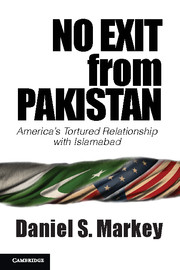2 - The Four Faces of Pakistan
Published online by Cambridge University Press: 05 June 2014
Summary
Understanding Pakistan on its own terms is no mere academic pursuit. Too often over the past decade, America has stumbled in its dealings with Pakistan because U.S. policymakers made incorrect assumptions about how Pakistan works.
In Washington, views of Pakistan seem to swing like a pendulum between the extremes of ungrounded exuberance and overstated fear. Both have influenced U.S. policies for the worse. For instance, in 2008 and 2009, many in Washington dreamt that Islamabad's newly elected civilian leaders could implement a liberal agenda and finally rein in Pakistan's military after President (and former General) Pervez Musharraf left the scene. They failed to perceive how deeply entrenched was the army's power, and how limited was the liberal impulse and capacity of Pakistan's ruling politicians and their constituents. At other times, similarly faulty American assumptions led Washington's policymakers to perceive – and portray – Pakistan as if it stood just at the edge of violent Islamist revolution.
To think seriously about a U.S. strategy for Pakistan, we need to know how close (or far) it is to the abyss of failure, nuclear nightmare, or revolution; how to assess its potential for reform and growth; and how to anticipate the interests and ambitions of its people. Answering such questions first requires us to paint a realistic portrait of Pakistan’s state and society.
- Type
- Chapter
- Information
- No Exit from PakistanAmerica's Tortured Relationship with Islamabad, pp. 29 - 71Publisher: Cambridge University PressPrint publication year: 2013



